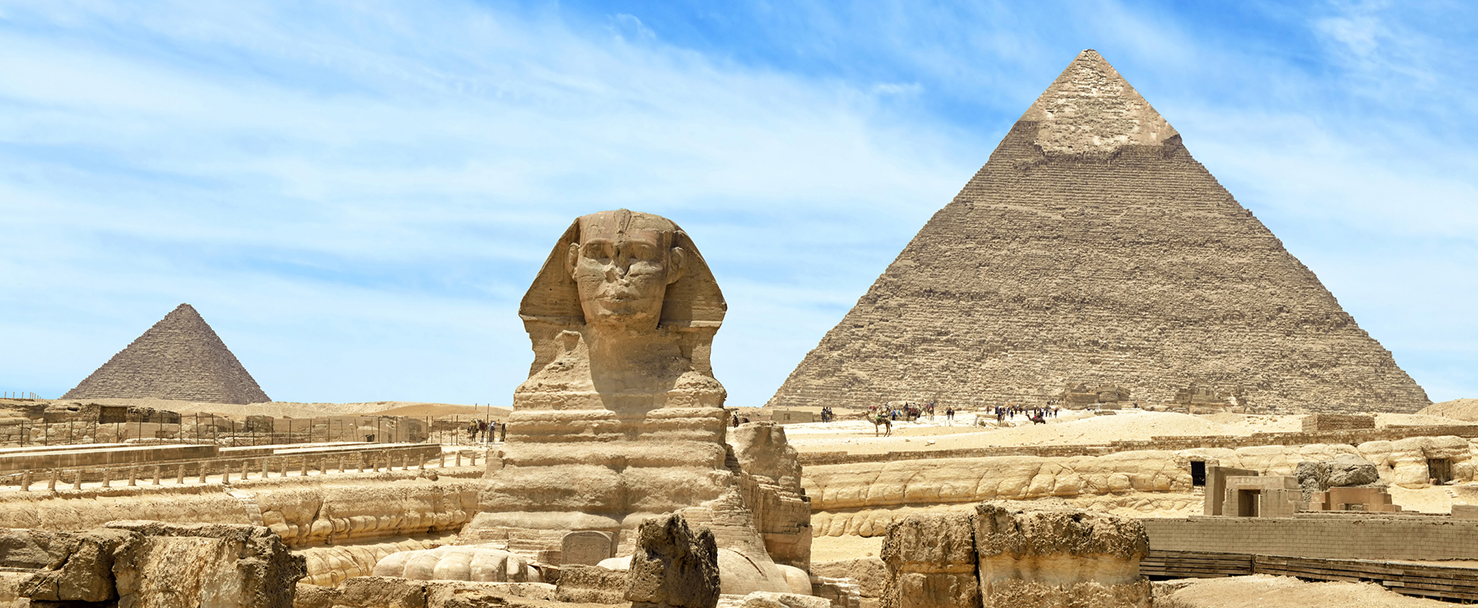Rebirth on the Nile
As years of uncertainty give way to greater stability, Egypt’s tourism industry is bouncing back.
After years of turmoil following the Arab Spring of 2011, tourism in Egypt is on the rise—up 40 percent in the first nine months of 2018. “Egypt is one of the world-renowned destinations,” says Yasser Elgawhary, regional business-development manager for RCI Egypt, “for its rich heritage of ancient sites, Nile cruises, the Islamic heritage of old mosques in Cairo, and one of the oldest monasteries in the world, St. Catherine, as well as hundreds of kilometers of beaches on the Red Sea and the Mediterranean Coast with rich sea life and unique diving and snorkeling spots.”
According to Elgawhary, the number of travelers to the North African country dropped by 41 percent in 2016 because of political instability and fear of terrorist activity, but in the intervening years, Egypt has made significant gains in stability and security, and the country is now the fastest-growing tourist destination in terms of year-over-year percentage increase of visitors, according to the United Nations World Tourism Organization’s 2018 report on global travel and tourism. As the country’s politics have stabilized, travel bans from tourism source countries including Finland, Germany, Norway, Sweden, and the U.K. have lifted. Economic reforms have benefited the exchange rate with the U.S. dollar, as well as other currencies, making Egypt “very affordable” compared with other international destinations, Elgawhary says.
Historically, the largest share of visitors come from Europe, followed by the Middle East, Asia, and the Americas. Since tourism from Europe and the Americas diminished significantly over the past several years, the tourism industry is focusing on the “more resilient” source markets of the Middle East, as well as diversifying into new markets such as India and China to supplement returning European and American visitors, Elgawhary says. There is “a healthy pipeline of new developments, led by strong developers,” he says, and they rely on the Egyptian market as “a key contributor of purchasers of shared-ownership-type products.” According to Elgawhary, there are more than 100 timeshare resorts in the country, with the majority of owners coming from Egypt and the Middle East.
Image credit: iStockphoto




